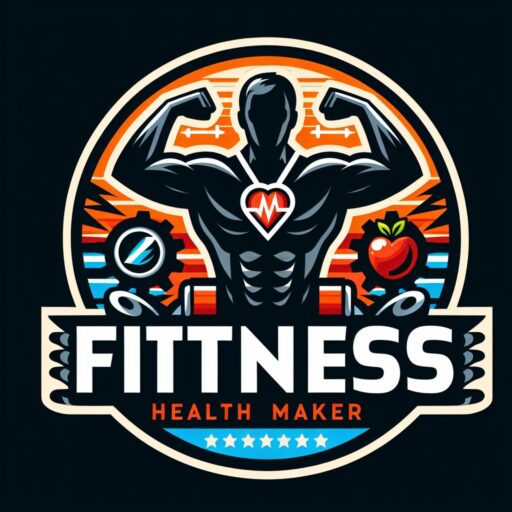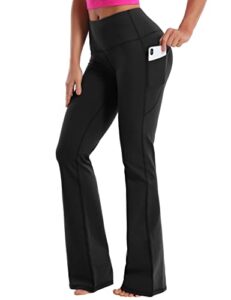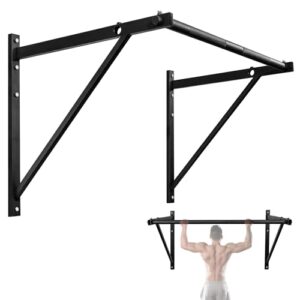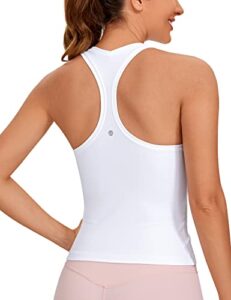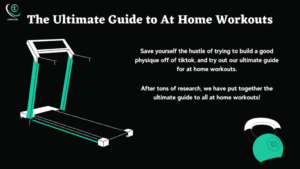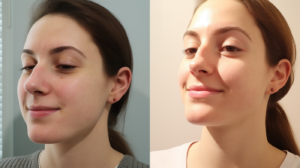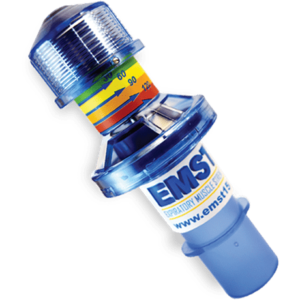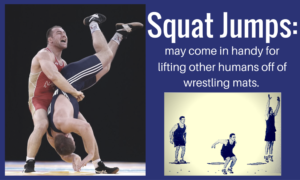Steady-state cardio involves prolonged, consistent exercise at a moderate pace, while HIIT (High-Intensity Interval Training) alternates bursts of intense activity with periods of rest or low-intensity exercise. Choosing between steady-state cardio and HIIT depends on your fitness goals, time availability, and personal preference.
Embarking on a fitness journey often leads to the crossroads of cardiovascular training choices. Steady-state cardio and HIIT stand as two prominent pillars in the arena of aerobic workouts. Each has distinct advantages for calorie-burning, endurance building, and overall cardiovascular health.
Steady-state cardio, epitomized by activities such as brisk walking, jogging, or cycling at a consistent speed, is accessible to a wide range of fitness levels and ideal for those seeking to establish an exercise habit without overtaxing their bodies. On the other hand, HIIT capitalizes on short, explosive periods of exercise followed by recovery, making it a time-efficient option that can quickly boost metabolic rate and athletic performance. Whether you’re pressed for time or plotting a more leisurely path to fitness, understanding these two methodologies can shepherd you toward the best approach for your individual needs.
The Basics Of Fat Loss
Understanding fat loss is key to a healthy lifestyle. Weight loss is not just about exercise; it’s about a strategic balance. Calories in vs. calories out governs how your body changes. Let’s dive into how this works.
Caloric Deficit Explained
A caloric deficit occurs when you use more energy than you consume. Your body burns stored fat for fuel, leading to weight loss. Achieving this deficit is fundamental. Eating less and moving more create this needed gap.
Role Of Exercise In Fat Burning
Exercise boosts your calorie burn, making it crucial for fat loss. Steady-state cardio and HIIT (High-Intensity Interval Training) are popular methods. Both can help create a caloric deficit, but they work differently.
- Steady-state cardio involves longer periods at a moderate pace. Think running or cycling.
- HIIT alternates short bursts of high effort with rest.
Choosing the right one depends on your goals, time, and fitness level. Steady cardio might burn more during the activity. HIIT could keep burning calories long after the workout ends. Both play a role in fat burning.

Credit: romanfitnesssystems.com
Steady State Cardio Unveiled
Discover the world of Steady State Cardio Unveiled, a fitness approach for longevity and endurance. This type of cardio involves continuous, consistent effort over a period. It’s time to dive deep into what makes steady state cardio a unique part of your workout regimen.
What Constitutes Steady State Cardio
Steady state cardio refers to maintaining a consistent speed and level of intensity. Think of activities such as running, cycling, swimming, or walking. These exercises keep your heart rate steady. It usually occurs between 50-70% of your max heart rate. Let’s break down the core aspects:
- Continuous effort without rest
- Consistency in speed and heart rate
- Duration typically ranges from 20 minutes to an hour
Pros And Cons Of Low-intensity Workouts
Different workouts suit different goals. Now, explore the pros and cons of low-intensity workouts:
| Pros | Cons |
|---|---|
| Improved cardiovascular health | Longer duration for results |
| Less stress on joints | Potential for workout monotony |
| Good for fat burning | Less efficient for time |
| Suitable for all fitness levels | Might not challenge the body |
Hiit Demystified
High-intensity interval training (HIIT) is a buzzword that has taken fitness circles by storm.
This workout style alternates between bursts of vigorous activity and periods of rest or low-intensity exercise.
Understanding HIIT helps you see its role in fitness, weight loss, and athletic performance.
Defining High-intensity Interval Training
HIIT combines short, intense exercises with rest or lower intensity exercise in cycles.
- Intensity: Heart rate reaches 80-95% of its max during high bursts.
- Duration: Active periods last from seconds to a few minutes.
- Recovery: Rest intervals typically match or exceed intense periods.
- Variety: Uses different exercises for flexibility in routines.
Benefits And Drawbacks Of Hiit
HIIT comes with several benefits that appeal to many.
| Benefits | Drawbacks |
|---|---|
| Efficiency: Burns calories quickly. | Intensity: Can be too challenging for beginners. |
| No Equipment: Often requires no tools. | Risk of Injury: Higher if not done correctly. |
| Metabolic Boost: Increases metabolism for hours. | Recovery: Needs adequate rest between sessions. |
| Versatility: Adaptable to many types of exercises. | Not For Everyone: Not suitable for all fitness levels. |
HIIT packs a punch with health gains but requires caution.
It can supercharge fitness when tailored to individual needs and abilities.
Engage in HIIT with knowledge, respecting your body’s limits.
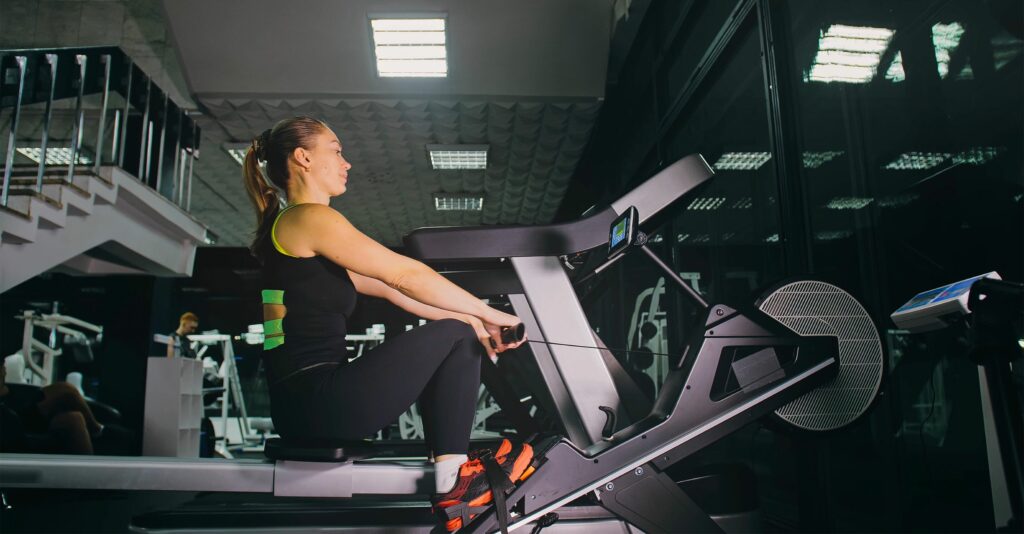
Credit: www.basestrength.co
Comparing Caloric Burn
Choosing between steady-state cardio and high-intensity interval training (HIIT) is not just about time. It’s about how many calories you burn. Both types of workouts can light up that calorie scoreboard. But they do it differently. Let’s compare the ways each workout burns calories.
Energy Expenditure During Exercise
Steady-state cardio, like jogging or cycling at a constant pace, burns calories consistently.
- When you run or ride for an hour, you burn a similar amount of calories each minute.
- Your heart rate is steady.
- Your body uses oxygen to create energy, and that burns calories.
With HIIT, you alternate between high and low-intensity.
- The high-intensity bursts spike your heart rate up.
- These bursts mean big calorie burns in short times.
- Calories torched are higher minute-to-minute compared to steady-state.
Afterburn Effect: Epoc In Hiit Vs Steady State
After intense exercise, your body needs more oxygen. This is called Excess Post-Exercise Oxygen Consumption (EPOC).
HIIT triggers a stronger EPOC effect than steady-state cardio. This means:
- You keep burning calories even after your workout.
- The afterburn from HIIT can last for hours.
- It helps increase your overall calorie burn for the day.
In contrast, steady-state cardio has a:
- Lower afterburn effect.
- Shorter EPOC duration.
- Less impact on total daily calorie burn.
In the calorie burning contest, both HIIT and steady-state cardio bring their A-game, offering different benefits for different goals.
Impact On Muscle Preservation
Understanding the effect of cardio on muscle is key for fitness goals. The type of cardio, steady state or HIIT, has different impacts. Let’s explore how each affects muscle preservation.
Muscle Catabolism In Steady State
Steady state cardio often gets a bad rap for muscle loss. It involves continuous, moderate exercise like jogging. During long periods, the body may turn to muscle for energy. This is known as muscle catabolism.
- Low-intensity: Less impact on joints
- Calorie burn: Primarily from fat during exercise
- Muscle loss: Potential if nutrition and resistance training are not maintained
Hiit And Muscle Sparing Effects
Now, let’s look at High-Intensity Interval Training (HIIT). This dynamic approach mixes intense bursts with short recovery periods.
| Advantage | Description |
|---|---|
| Muscle Sparing | Preserves muscle with brief, high-energy output |
| Anaerobic Zone | Improves metabolism and muscle-building hormones |
| Time Efficient | Shorter workouts with similar or better results |
By encouraging muscle growth and preservation, HIIT can suit muscle maintenance goals better than steady state cardio.
Adaptability And Sustainability
Choosing the right cardio workout is crucial for staying motivated. Some prefer the quick, intense bursts of High-Intensity Interval Training (HIIT), while others opt for the consistency of Steady State Cardio (SSC). Here, we focus on how to tailor these workouts to fit your life. This enhances your chances of sticking with them long-term. Let’s find out which approach is more likely to become a permanent part of your daily routine.
Incorporating Cardio Into Your Lifestyle
Adapting your cardio choice to your lifestyle is essential. HIIT is perfect if you’re short on time but still want a solid workout. SSC, on the other hand, can be calming and doubles as a time to reflect or decompress after a busy day.
- HIIT: Requires less time, ideal for busy schedules.
- SSC: Longer sessions, great for unwinding.
Long-term Commitment: Which Is More Sustainable?
Commitment-wise, both have their merits. HIIT often leads to quicker results, which keeps motivation high. Yet, SSC’s gentler nature can mean less burnout and a higher chance of making it your routine. Your personality and goals play a huge role here.
| Workout Type | Results | Sustainability |
|---|---|---|
| HIIT | Fast | Varies |
| SSC | Steady | High |
Making The Right Choice For Your Goals
Making the right choice between steady state cardio and high-intensity interval training (HIIT) hinges on your individual fitness goals. Both methods offer unique benefits that cater to different objectives. Let’s demystify these two workout strategies to help you decide which path aligns best with your aspirations.
Assessing Your Fitness Level
Understanding your current fitness level is the first step towards a successful exercise regimen. If you’re new to exercising or returning after a break, steady state cardio might be the ideal starting point. It includes activities like jogging, swimming, or cycling at a consistent pace. Steady state builds endurance and is generally kinder to the joints, making it a sensible choice for beginners or those with injuries.
On the other hand, HIIT involves short bursts of intense exercise followed by rest or low-intensity periods. It’s a powerful way to boost cardiovascular health and strength rapidly. But it’s tough. HIIT is better suited for individuals with a solid fitness foundation who can handle the rigor of high-impact workouts.
Aligning Your Workout With Your Fat Loss Targets
Fat loss goals often determine which workout method you might favor. HIIT has been praised for its ability to burn calories quickly and increase metabolism, even hours after the workout is done. If you’re after fast results and have limited time, HIIT could be the key to unlocking your fat loss potential.
| Workout Type | Calorie Burn | Time Efficiency |
|---|---|---|
| Steady State Cardio | Moderate, over a longer period | Less efficient, longer sessions |
| HIIT | High, in a short period | More efficient, shorter sessions |
Yet, steadiness wins in some scenarios. If aiming for gradual fat loss without overstraining the body, steady state cardio can be highly effective. It allows for longer exercise periods, which burns fat consistently over time. Consistency in these workouts can also be easier to maintain for some people, enhancing long-term fat loss success.
All things considered, your choice should depend on personal fitness levels and specific fat loss targets. Reflect on your preferences, routine, and health when deciding between steady state cardio and HIIT. Both paths can lead to success; the best approach is the one that you can stick with consistently and enjoy
Credit: www.quora.com
Frequently Asked Questions For Steady State Cardio Vs Hiit
What Is Steady State Cardio?
Steady state cardio involves maintaining a consistent, moderate pace for an extended period. It’s favored for improving cardiovascular health and endurance.
How Does Hiit Benefit Weight Loss?
HIIT, or high-intensity interval training, accelerates weight loss by alternating short bursts of intense activity with rest periods, boosting metabolism and fat burn.
Can Steady State Cardio Burn Fat?
Yes, steady state cardio can burn fat by maintaining a heart rate in the fat-burning zone, though it may take longer than HIIT to see results.
Is Hiit More Effective Than Steady State?
Effectiveness depends on goals: HIIT is more time-efficient for weight loss and conditioning, while steady state is better for endurance and recovery.
Conclusion
Embarking on a fitness journey presents various paths. Steady state cardio and HIIT each have their merits, suited for individual goals and preferences. Consider your health, schedule, and endurance when choosing. By aligning your exercise regimen with your lifestyle, optimal wellness and fitness are within reach.
Forge your path to vitality wisely.
